Commentary
B.
Bulletin
New Zealand's leading
gallery magazine
Latest Issue
B.21701 Sep 2024
Contributors

Commentary

Gordon Walters
Te Waipounamu the South Island is crisscrossed by hundreds of traditional mahinga kai, or food-gathering, routes. Used by Waitaha, Kāti Mamoe and Kāi Tahu people over centuries, these routes provided access to the best destinations to harvest food, as well as facilitating the transport of pounamu from the Arahura through Nōti Raukura (Browning’s Pass) across Ka Tiritiri o te Moana (the Southern Alps) to Tuahiwi, north of Christchurch.
Commentary
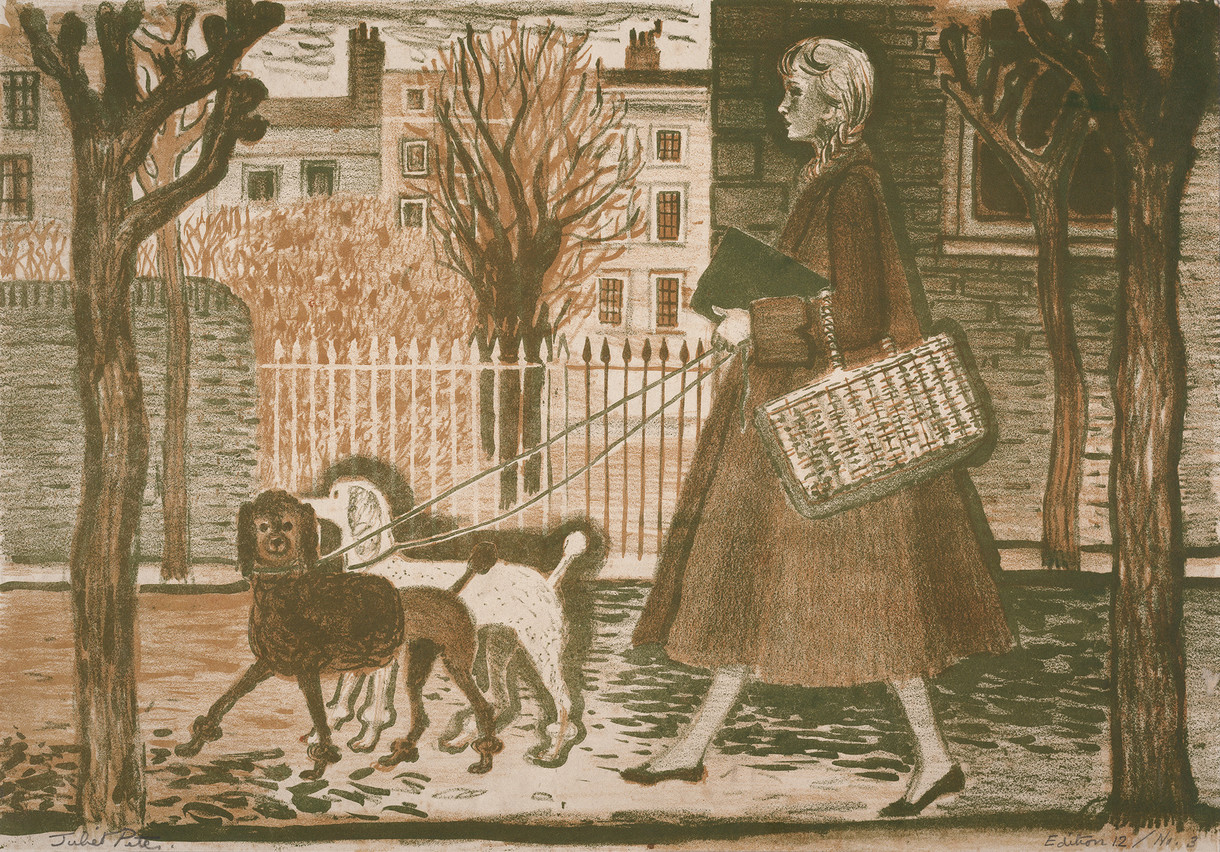
Her Own London
I laughed at your note. Our packing was not done until the last minute of the 11th hour, and when we at last got onto the train we could only think how lovely it was to do nothing and think about nothing. However, by now we realise we are really going to England. After 17 days at sea, out of sight of land, N.Z. seems as if it was in another universe.
Commentary
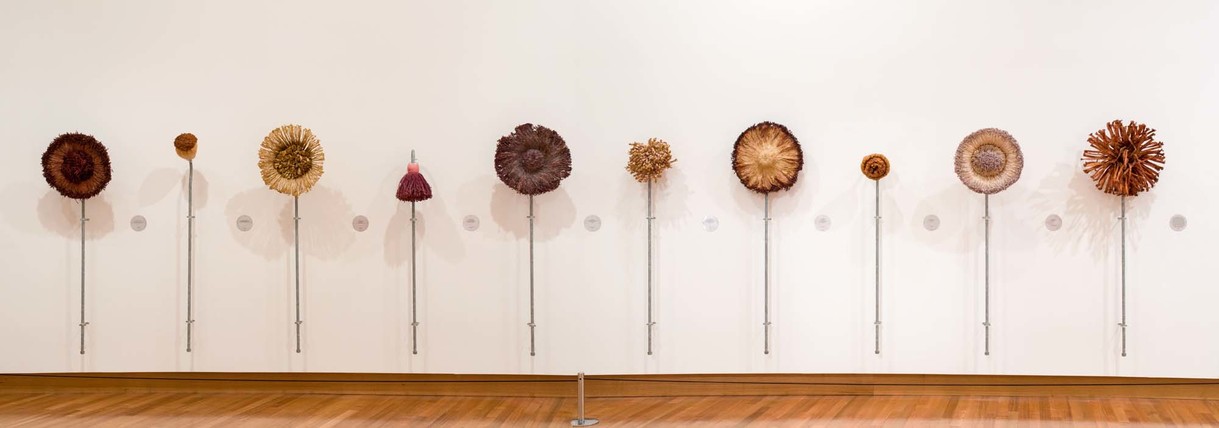
Powerfully Present
In the last issue of Bulletin, to mark the 125th anniversary of women claiming the right to vote in Aotearoa New Zealand, our curators wrote about five significant – yet lesser-known – nineteenth and mid-twentieth-century works from the collection by women.
In this issue we focus on some contemporary works by women artists that assert a powerful presence in the collection – and which variously explore the charged politics of representation.
Commentary
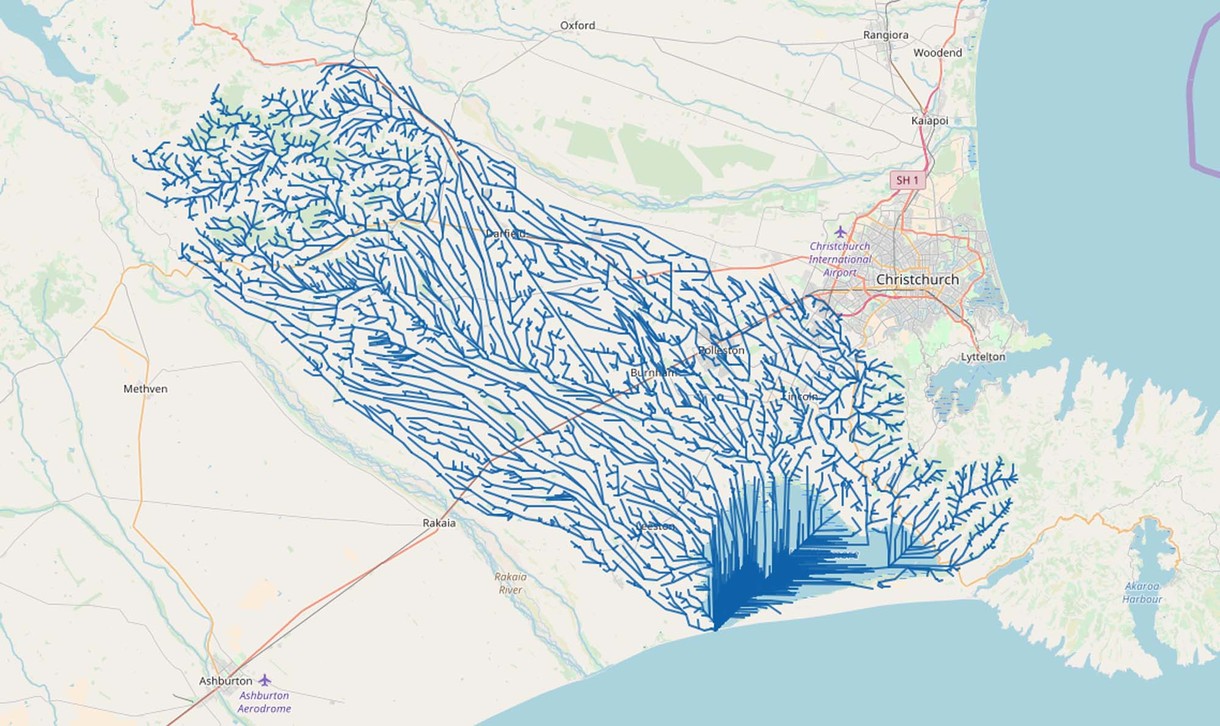
Of Braided Rivers and Hydro-Traders
“With 14,000km of coastline, over 180,000km of rivers, and 3,820 lakes, there’s more to the land of the long white cloud than land…” So began an advertisement in a recent Sunday Star Times. It might have been the opening gambit for a campaign devoted to water conservation but was, in fact, a promotion for the latest model jet ski: “And all you need to unlock it is the all-new Yamaha Waverunner FX HO… SAME PLANET, DIFFERENT WORLD. Yamaha-motor.co.nz.”
Commentary

The Dutch Funeral, Retitled
When you think about it, The Dutch Funeral is a peculiar title for a work painted in the Netherlands, by a Dutch artist. You could imagine such a work being titled The Funeral, or A Funeral; or even more likely, A Funeral at a Specified Place or possibly At a Specified Time. Even Of a Certain Person. But The Dutch Funeral? Most unlikely. It was while we were researching works for the Closer exhibition that its strangeness suddenly became evident to me. I was surprised that I’d never questioned the title before. But then, like many people who grew up in Christchurch, I was used to The Dutch Funeral as a fixture of local culture, a work so large it could never be taken off the wall at the McDougall; a magnificently gloomy painting which van der Velden scholar Rodney Wilson once described as “a sort of Christchurch version of the Night Watch with an immense public following”.
Commentary

ASK Brooklyn Museum Offers Visitor Experience Insights
What if you could know exactly what your visitors thought about the art on view in your museum? And what if you knew what questions they had about it? What might you do with that information? At the Brooklyn Museum, we do know what (at least some) visitors are thinking and what questions they have. And we aim to use that information to improve our visitor experience. Thanks to our award-winning chat app, ASK Brooklyn Museum, we have collected anonymous data on what our visitors want to know about art, which artworks get the most attention, how much users explore the galleries and more. ASK connects users to a team of art historians and educators who answer their questions in real time during their visit. Since the soft launch of the app in 2015, we have held over 14,000 conversations with users. That’s a lot of data.
Commentary
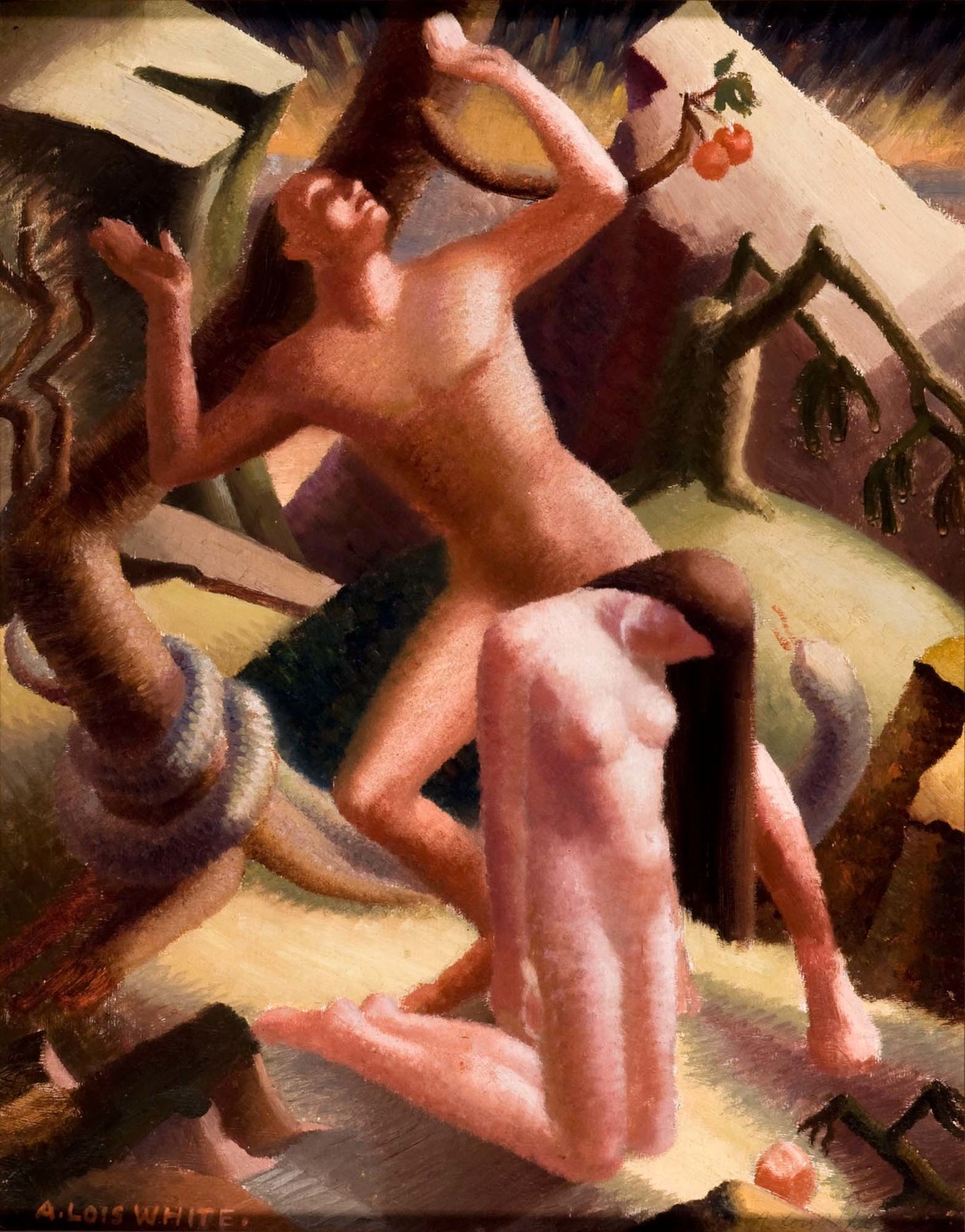
Raising the Stakes
On the opening of the Christchurch Art Gallery Te Puna o Waiwhetū Jenny Harper, then at Victoria University Wellington, wrote that the challenge for the newly opened Gallery was ‘to raise the stakes by acknowledging it is no longer the McDougall but is poised to become the force in the New Zealand art scene that Christchurch deserves.’ When, three years later, she became director of the Gallery, that’s exactly what she set out to achieve on several fronts. One of those was developing the collection.
Commentary
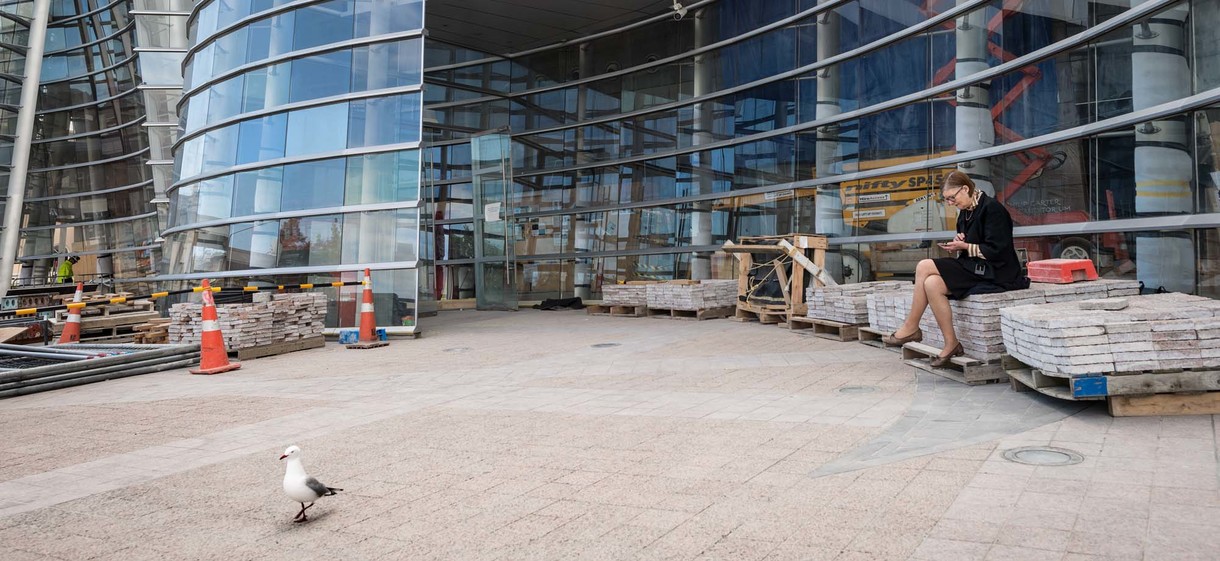
Zero Degrees of Separation
The New Zealand art world is an intimate place but my connection to Jenny Harper runs deeper than the usual bonds of a small community. Admitting this is a necessary disclaimer. I’m not an objective commentator; Jenny is family, literally. And professionally, I owe her plenty. What follows are some personal recollections about the Jenny I know through the associations we share, on the occasion of her imminent departure from the Christchurch Art Gallery, where she has been director since October 2006, making this the longest role in her distinguished career.
Commentary

Shigeyuki Kihara
Behind the work of Auckland-based artist Shigeyuki Kihara lies a vigorous research ethic that falls into complex alignment with her cultural, political and gender identities.
Commentary

Raiding the Minibar
When does history start? What is the time span of the present? When do the margins of the contemporary begin to dissolve into the past? Our collection-based exhibition, Your Hotel Brain, looks at a group of New Zealand artists who came to prominence in the 1990s. Collectively their work explores ideas that have been critical to art-making in Aotearoa New Zealand over the past twenty years. Identity politics, unreliable autobiographies and references to a broad spectrum of visual culture – including Black Sabbath’s music, prison tattoos, automotive burn-outs and our no-smoking legislation – traverse the contested ground of recent New Zealand art, linking the just-past with the emerging present. A selection of works from the exhibition are reproduced here.





